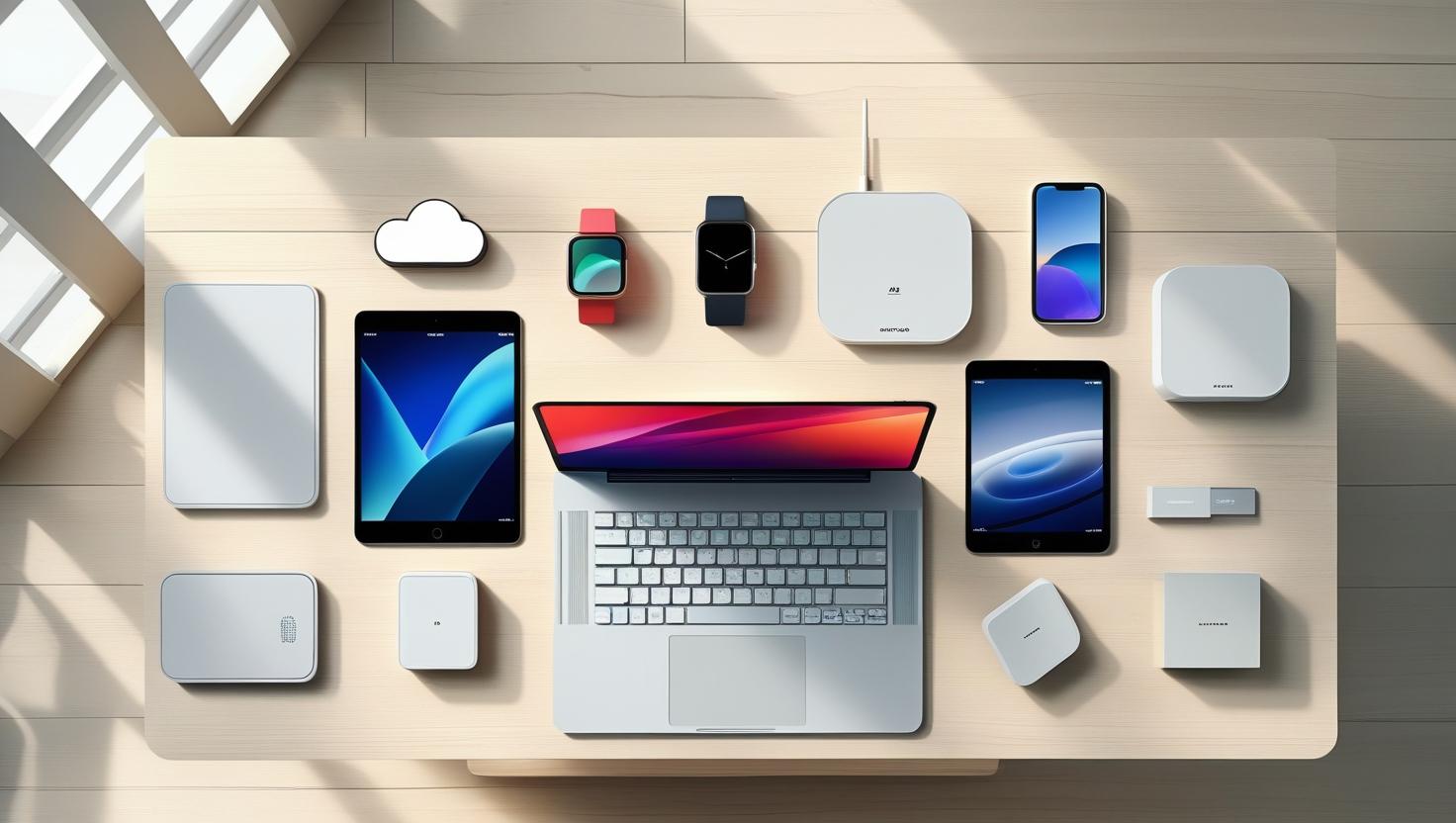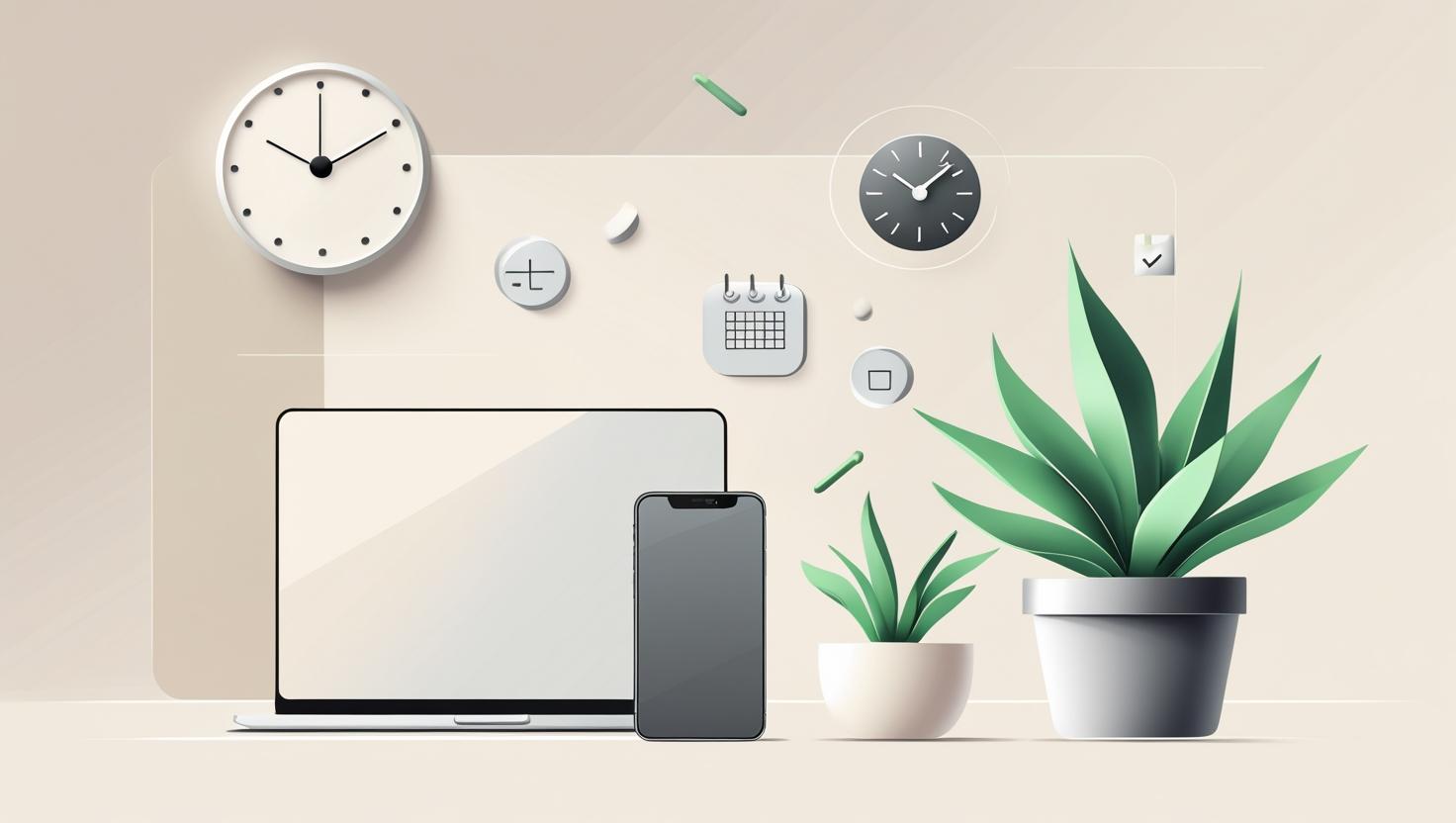In today’s hyper-connected world, the line between technology and daily life is almost invisible. From the phone in your pocket to the smartwatch on your wrist, we are surrounded by digital tools that make our lives easier, faster, and more efficient. These tools are known as ICT gadgets—but what exactly are they? And more importantly, do we truly need gadgets in our modern lifestyle?
In this in-depth guide, we’ll explore the meaning of ICT gadgets, their practical applications, and whether they are essential or excessive in 2025.
What Does ICT Mean?
ICT stands for Information and Communication Technology. It refers to the technologies that provide access to information through telecommunications. This includes the internet, wireless networks, mobile phones, computers, software applications, and other communication devices.
ICT is not just about personal convenience—it’s the backbone of industries, education systems, governments, and healthcare infrastructures worldwide.
What Are ICT Gadgets?
ICT gadgets are physical devices designed to create, store, process, and transmit digital information. They serve the purpose of enhancing communication, boosting productivity, and expanding access to services and information.
Examples of ICT gadgets include:
- Smartphones – Portable communication and computing powerhouses
- Laptops & Tablets – Essential for remote work, learning, and content creation
- Smartwatches & Wearables – Track health data and enable quick communication
- Wi-Fi Routers – Connect users to the global internet network
- Smart TVs – Deliver on-demand content, internet browsing, and streaming
- Cloud Storage Devices – Secure digital data storage solutions
These modern tech tools play a significant role in how we interact with the world around us, reshaping everything from how we work to how we shop or learn.
Why Are ICT Gadgets Important?
In the digital era, ICT gadgets are indispensable tools for individuals and organizations. Their impact spans numerous sectors:
1. Education
From virtual classrooms to eBooks and learning management systems, ICT gadgets empower students and teachers with access to knowledge and global collaboration.
2. Business
Remote work tools, video conferencing, cloud platforms, and smart office devices all rely on ICT. Businesses use gadgets to communicate, manage projects, analyze data, and serve customers efficiently.
3. Healthcare
Telemedicine, wearable monitors, and health apps are just a few examples of how ICT gadgets help doctors diagnose, treat, and monitor patients in real time.
4. Communication
Thanks to smartphones, tablets, and the internet, communication is instant and global. Social media, email, and messaging apps have become standard modes of interaction.
5. Entertainment
Whether it’s binge-watching a Netflix series or playing mobile games, ICT gadgets offer personalized entertainment on demand.
Do We Need Gadgets?
The short answer is: Yes—but it depends on how and why we use them.
Gadgets enhance our lives in many ways, but overdependence or misuse can lead to issues such as screen fatigue, privacy loss, and social disconnection. Therefore, understanding the role and limits of technology is key.
Benefits of ICT Gadgets
Here are some key reasons why ICT gadgets are essential in 2025:
- Increased productivity: Tools like cloud storage, digital calendars, and workflow apps streamline tasks
- Instant communication: Email, video calls, and messaging apps keep people connected across the globe
- Access to information: Search engines, eBooks, and online databases deliver knowledge in seconds
- Remote collaboration: Apps like Zoom, Slack, and Trello redefine teamwork from anywhere
- Data management: Gadgets simplify data entry, analysis, and visualization
Drawbacks of Gadget Dependence
While there’s no denying their usefulness, it’s also important to acknowledge the potential risks of relying too heavily on gadgets:
- Privacy concerns: Many devices collect user data, sometimes without transparency
- Digital addiction: Excessive screen time can lead to anxiety, sleep issues, and decreased focus
- Job displacement: Automation through gadgets may reduce the need for certain roles
- Environmental impact: E-waste and energy consumption are growing concerns
How to Use Gadgets Wisely
So, how do we make sure ICT gadgets help rather than harm? The key lies in intentional usage and digital literacy.
Tips for healthy gadget use:
- Set screen time limits and take digital detox days
- Use security software to protect personal data
- Unplug during meals or social gatherings
- Use cloud backup for critical files and documents
- Recycle outdated gadgets responsibly
By using technology mindfully, we can harness the full potential of ICT gadgets without compromising our health or values.
The Future of ICT Gadgets
As we move deeper into the AI and IoT era, ICT gadgets will become more intelligent, interconnected, and invisible. Innovations we expect to see include:
- Wearable health diagnostics that predict illness
- Augmented reality glasses replacing smartphones
- AI-powered virtual assistants embedded in household devices
- Edge computing on portable hardware
The focus will increasingly shift from novelty to necessity, with gadget ecosystems enabling smarter homes, safer cities, and more personalized experiences.
Conclusion: Embrace, But Evaluate
So, what are ICT gadgets? They are powerful tools for modern living—devices that connect, empower, and transform how we work, learn, and communicate. But as we answer the question “Do we need gadgets?”, the answer lies not just in functionality but in responsibility.
Gadgets are not a luxury in 2025—they’re part of our digital DNA. What matters is how we use them: intelligently, ethically, and with balance.
Use your gadgets. Don’t let them use you.



